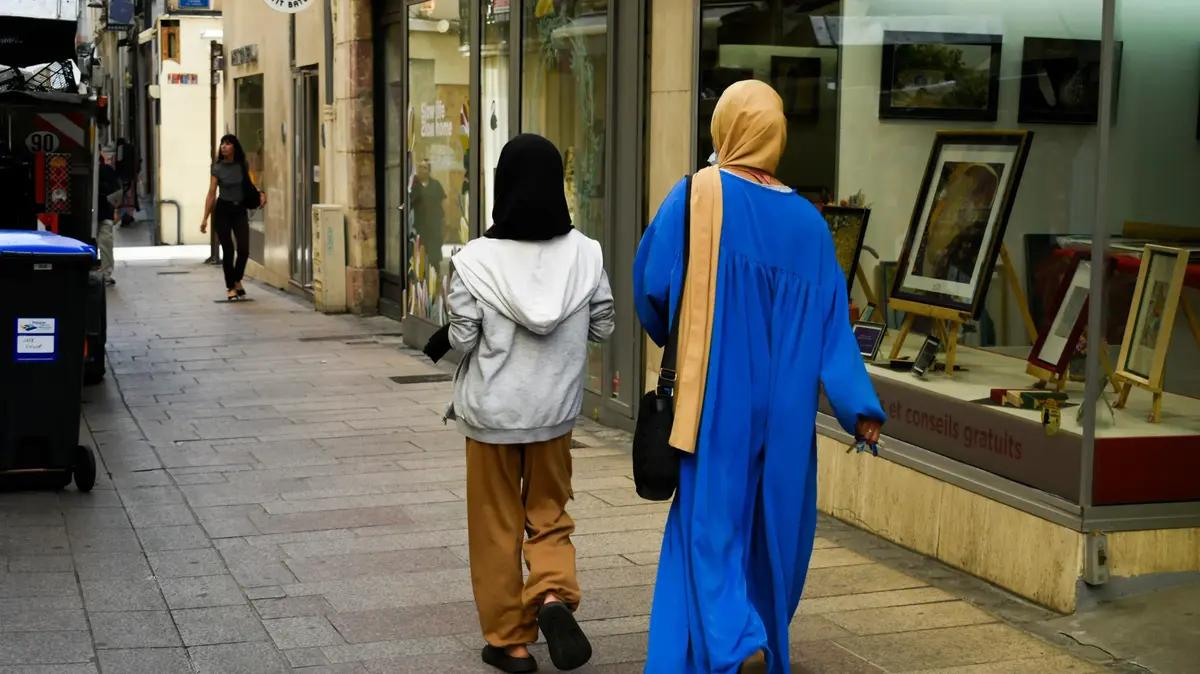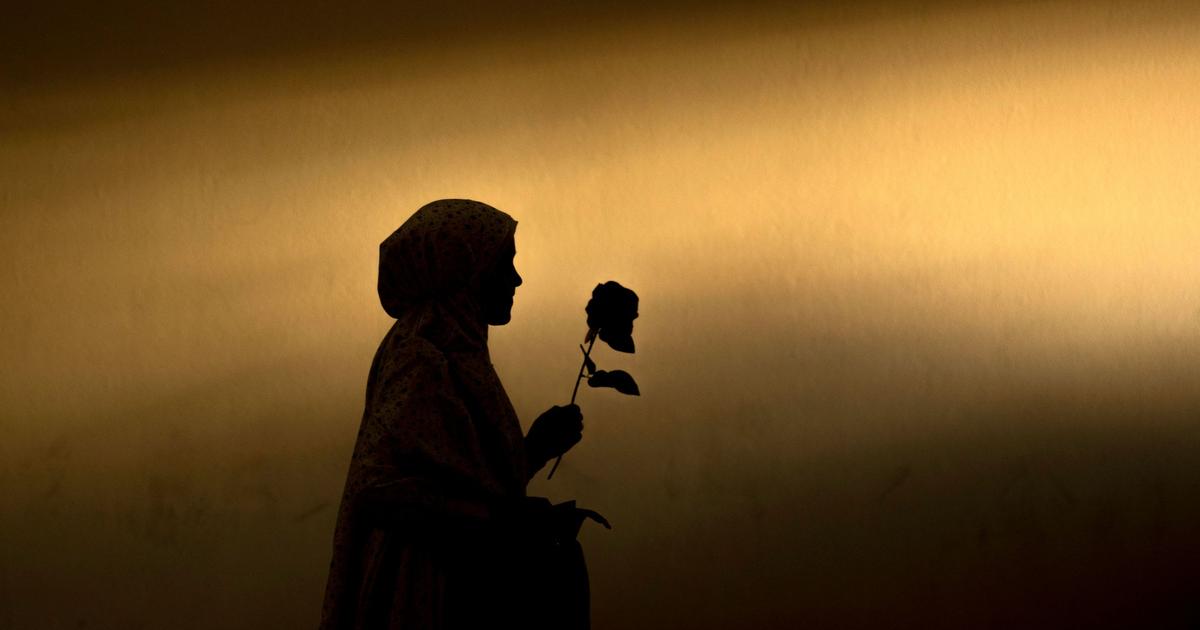Should Muslim girls wear headscarves at German elementary schools - or not? And would a ban be allowed at all? Not only lawyers have long quarreled over these questions - on Thursday, the constitutional lawyer Martin Nettesheim on behalf of the women's rights organization Terre des Femmes submitted a new report: Accordingly, a ban would be legally possible.
In the 42-page opinion Nettesheim argues for a ban on schools for girls under 14 years. In his view, this would be compatible with religious freedom as well as the right of parents to care for and educate their children. Both are constitutionally protected, but rather count Article 7 of the Basic Law, according to which the entire school system is under the supervision of the state, said the Tübingen lawyer.
A prohibition for children to wear "religiously connoted headgear at school" could be justified by educational and educational goals and would also be proportionate, writes the constitutional lawyer, thus representing a legal opinion that causes controversy among lawyers.
The Scientific Service of the Bundestag came in a draft in 2017 to the assessment, a headscarf ban for female students could be "probably not with the state education and training order under Article 7 paragraph 1 GG justified" because a headscarf, which leaves the face , "does not prevent a pupil from taking part in the general teaching process," it said in the drafting.
"It does not limit the communication options and should not otherwise interfere." As a result, it should be noted that a ban would "constitutionally not be allowed".
Debate about prohibition in Austria
In the debate on such a ban further reports are planned. The North Rhine-Westphalian coalition government of the Union and the FDP wants to take the aspect of the welfare of children into consideration. According to a response to a small request, it is worth considering "if girls wearing headscarves have the same development opportunities" as others. This was not taken into account in the preparation of the Scientific Service.
Several members of the Bundestag in the Bundestag have also commissioned a legal opinion, which should be available in autumn. In May, the Federal Government Commissioner for Integration, Annette Widmann-Mauz, announced that she would be reviewing measures "from parent discussion to prohibition" because she wanted to protect girls from wearing headscarves.
At that time, the Austrian Parliament had also decided to ban headscarves at primary schools. Controversial, however, is not only the interpretation of the law, but also whether a ban would make sense and necessary at all.
Then all religious symbols would have to be banned
The Anti-Discrimination Agency of the Federal Government opposes a ban. There is no need for it, says acting director Bernhard Franke. He pointed out that according to Nettesheim's report all religious symbols in schools must be banned, otherwise there are problems with religious freedom.
"Instead of prohibiting crosses, kippas and the headscarf in schools in general, we should in our view preserve religious vivacity - and ensure that children of very different religious or ideological convictions can learn together and without discrimination," said Franke MIRROR.
Islamic associations criticized the discussion as "Islambashing" and as a "symbolic debate". The religious duty to wear a headscarf exists only "from the religious maturity, ie from puberty". These are cases in the "per thousand range". How many children wear a headscarf is statistically not recorded.
The President of the Conference of Ministers of Education, the Hessian Minister of Education Alexander Lorz (CDU), also pointed out during the debate that there are only a few children in headscarves in Germany.
Nor is it asked how often a headscarf is tied to compulsion or whether it is worn of its own accord. If girls want to wear headgear of their own volition, the cloth would not give them the chance to act self-determinedly - but a corresponding ban, critics complain.
Proponents of a ban fear discrimination
Advocates of a ban such as "Terre des Femmes" contend that the headscarf constitutes gender discrimination and conditions girls to the point that they would not be able to strip the headscarf later. Nettesheim also pointed out that children "are not yet mature enough to be able to make self-determined decisions on beliefs and beliefs."
The constitutionalist warns that the headscarf, as a constantly visible proof of religious affiliation, gives rise to differences of opinion among young people, and possibly also leads to social exclusion.
School peace not burdened by headscarf
Skepticism towards a headscarf ban, however, shows itself from the ranks of teachers and educators. According to the Education and Training Association (VBE), no case was known according to which the headscarf had disrupted school peace. Although the VBE Chairman Udo Beckmann considers the prohibition arguments in the current report to be comprehensible, he warns of the consequences of their implementation:
"If a girl does not comply with the demand to take off her headscarf, is it the teacher's job to exclude her from class, and if the parents and the girl do not give in, does that mean that the girl is not being permanently schooled?" he writes in a message. The demand for a headscarf ban must be thought through with all consequences to an end.







